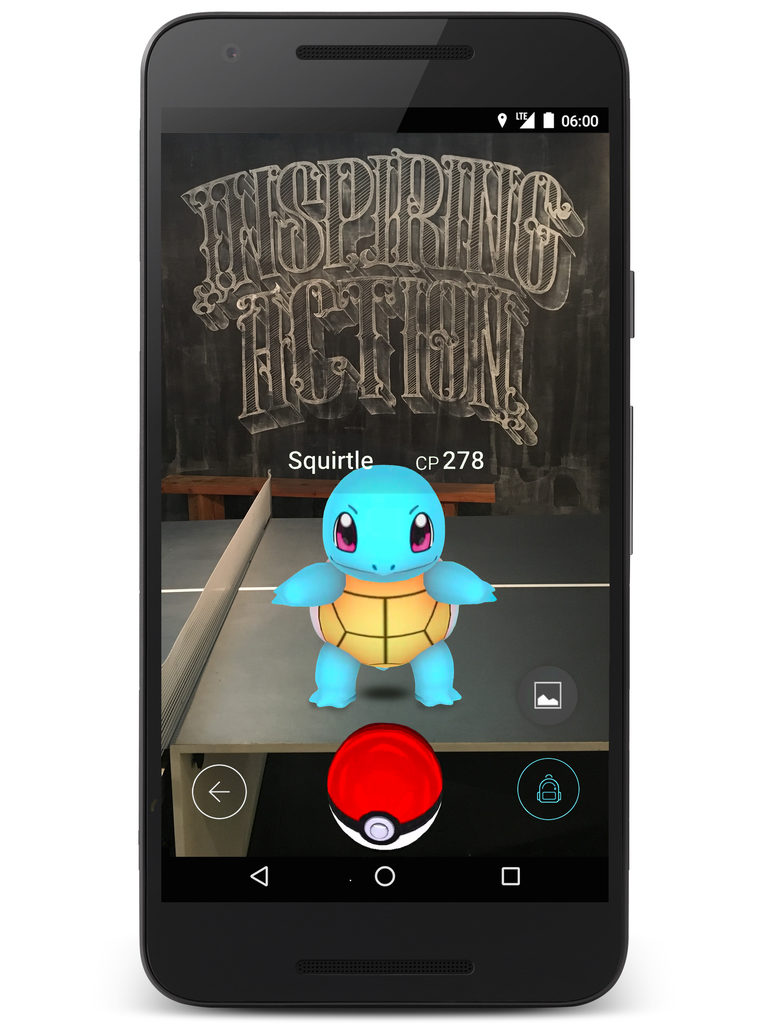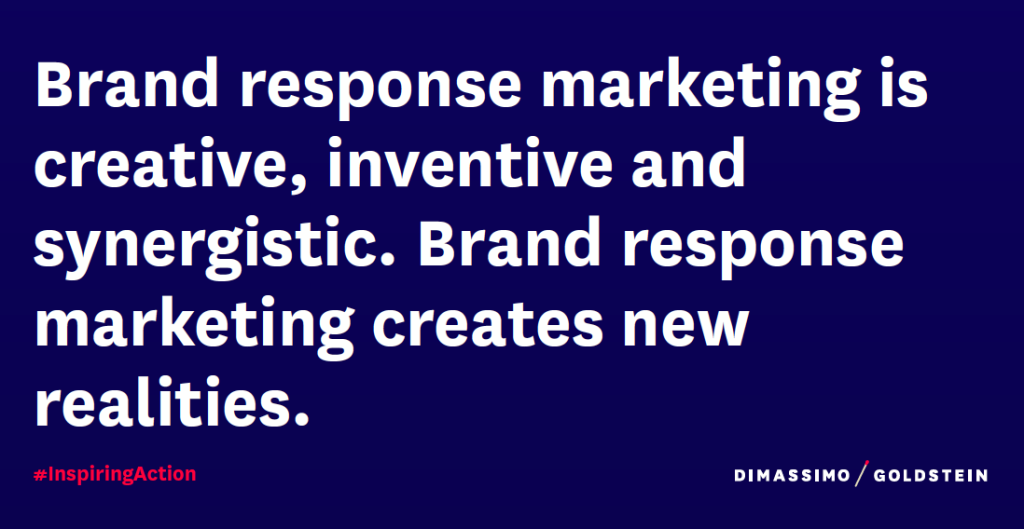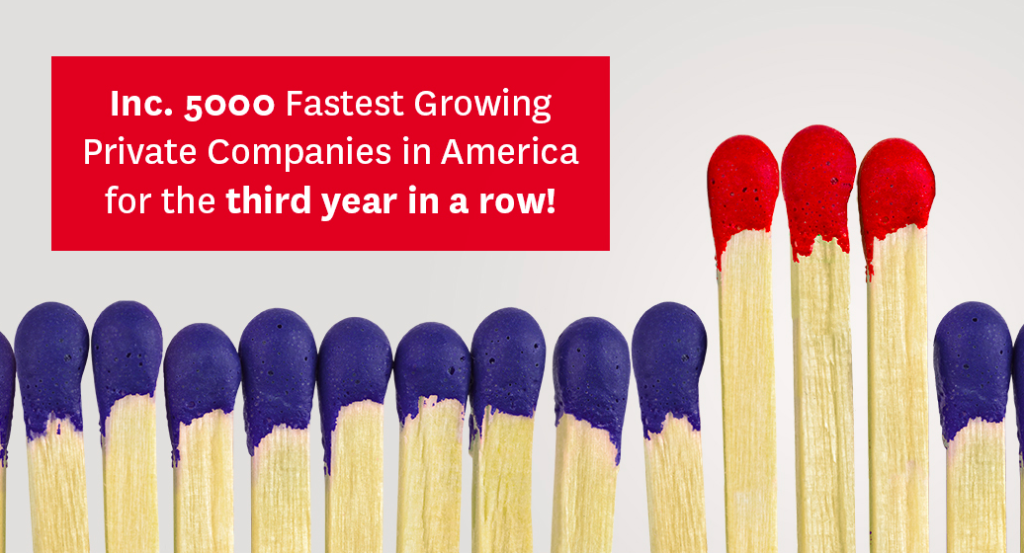By
Team DIGO | 12/09/2016 | in

This past week, my partner Lee Goldstein and I have been on a listening tour, immersing ourselves in the wisdom of some of the most accomplished marketers in the world.
Meeting with marketers is like ascending a mountain through clouds. In the middle, things can be foggy and confusing, but the view from the top is crystal clear.
The clear message of top marketers?
“There are three KPIs that matter:
The first is Cost-to-Acquire a Customer.
The second is Revenue-per-Customer.
And the third is Lifetime Value of the Customer.”
So said Jim Safka, former CMO of E*TRADE and CEO of Match.com.
Jim told us how he restructured his organization at Match from traditional “marketing and product” silos to a “one-leader-one-metric” system, with each of his key managers owning one of the three KPIs.
Ty Shay, CMO of LifeLock and former CMO of Squaretrade has had a very good month. A week ago, on November 28th, it was announced that SquareTrade will be acquired by Allstate for $1.4 billion dollars. Just a week earlier, Symantec announced it would acquire LifeLock in a deal worth $2.3 billion dollars.
We’d understand if Ty were focused on his stock and options at this time, but instead he too listed the three key measures – the very same KPIs that Safka cited.
“Cost-to-Acquire, Revenue-per-Customer and Lifetime Value – that’s the business,” said Shay.
Cost-to-Acquire is a pretty straightforward measure. How much do you have to spend on marketing to acquire a new customer? When we say that “we use inspiring action to drive brand value up and cost-per-acquisition down” – that’s what we’re talking about.
Revenue-per-Customer and Lifetime Value of a Customer are both measures of customer value, of course. The later (LTV) can be thought of as simply the gross profit-per-customer over the average customer tenure. Here’s an infographic on how to calculate LTV.
In an ideal world, LTV would be the only measure driving the “allowable” – the maximum cost to acquire a customer profitably.
But, it’s not an ideal world, from a finance perspective. Most companies are working to shorter time horizons when calculating permissible marketing spends for acquisition, because most companies count on cash-flow to some extent to finance the ongoing operations of the company.
That’s where Revenue-Per-Customer comes in. Many companies pick monthly, quarterly or annual time periods. Within those periods, the total revenue divided by the total number of customers yields the Revenue-Per-Customer.
This is brand direct marketing.
But where does “brand” fit in? Brand lowers the cost to acquire a customer, while increasing lifetime value. Brand drives greater passion around every interaction, moving customers and influencers through sales funnel and lifecycle. Brand reduces friction in the funnel, speeding growth.
The Inspiring Action marketer, using modern brand direct marketing techniques, never sacrifices brand for revenue, or sales for brand. Instead, the standard is a synergy wherein the brand idea improves response and sales today, while building the brand for tomorrow.
Focusing on the three key KPIs helps an inspiring action marketers write their own tickets. Take it from Jim Safka and Ty Shay.
By
Team DIGO | 08/30/2016 | in
By Mark DiMassimo
You are immersed in a game on your mobile device, searching for Pokémon characters as you walk down a street. Suddenly, you see that there is a “Pokémon gym” up ahead, just outside a corner bodega. You collect a few Pokémon and go inside to reward yourself with a cool drink. You end up picking up a bag of chips as well. You have no idea you’ve just been advertised to. And perhaps you weren’t. You were lured!
Pokémon Go debuted on July 6th, stirring up the nostalgia experienced by many millennials who spent hours with their faces glued to Gameboys in the early 2000s. Gotta Catch em All, as the saying goes.

Niantic, the developer behind the virtual reality game, was once a start-up created within Google in 2010. Not unexpectedly, Pokémon Go is not its first foray into the virtual reality field; a game called Ingress and an app named Field Trip came first, employing the same type of augmented reality model.
With the exploding popularity of Pokémon Go, it’s not surprising that Niantic CEO John Hanke told The Financial Times, “Niantic intends to allow retailers and other companies to sponsor locations on Pokémon Go’s virtual maps.” As a result, the potential for direct response marketing, in-game advertising, and “advergaming” with Pokémon Go is immense — especially considering that today we are primarily choosing to interact with brands and people through our mobile devices!
Location-based pit stops, special zones, and hot spots where individuals can come to connect for exclusive content are areas worth investigating. For example, a brand could “sponsor” an already established gathering zone in the game: a Pokémon gym. Imagine a Coca-Cola-branded Gym or Jamba Juice-branded gym with products and services from each company available nearby or at a discount for “Pokémon trainers” – who don’t even need to be aware that they’ve been advertised to.
On the grassroots level, Pokémon Go is being used in ingenious ways by small businesses and companies to attract customers. Let’s take the example that opened this piece. L’inizio Pizza Bar in Long Island City, Queens, saw a 75% spike in revenue when a manager spent $10 to buy lures and virtually placed them outside the restaurant. (Lures are in-game purchases that attract Pokémon to a particular location. The Pokémon then attract people who want to capture them – millennials who have been chasing around pocket monsters the entire day are often interested in pizza and beer so they can revive and recuperate). Similarly, savvy bars and pubs across the country are offering discounts to Pokémon Go players, in some cases actually choosing factions within the game to support and providing even more exclusive deals.
However, in terms of marketing and advertising, the larger area for exploration might be one that Niantic has already experimented with in its previous game, Ingress. AXA, a French insurance brand, partnered with an Ingress in-game company (Visur Technology) to create a branded “shield” that was the most powerful in the game. In exemplifying one of DiMassimo Goldstein’s 10 Promises, the company escaped the false choice between selling and brand building. The Inspiring Idea was to “protect people both in the real world, and the augmented one.” What compounded the success of this venture was that the AXA shield was initially only available at AXA portals, meaning players would have to travel to AXA business locations to access the shield. As a result of the initiative, in a five-month period:
• Over four million Ingress players were exposed to the AXA brand promise
• Over 600,000 Ingress players visited AXA agencies in real life
• AXA agencies generated over three million in-game actions in Ingress
• Over five million AXA Shields were deployed in Ingress
• AXA representatives interacted with over 55,000 Ingress players during “anomalies” (an Ingress game term)
AXA built its brand name by showing that the service it offered “protected” people in the virtual reality world through its ultimate shield, in real life through its insurance policies, AND by selling!
Surely, such potential applications for Pokémon Go are already being crafted behind closed doors, in creative and strategy departments all across the country. Perhaps the solution to capitalizing on this new virtual reality medium lies in the hybridization of in-game advertising and advergaming and applying it to virtual reality games – the same way AXA was able to integrate its shield into actual gameplay.
Imagine: A Pokémon center that heals your Pokémon, sponsored by a hospital or pharmaceutical company; maybe all the Duane Reades in NYC could be Pokémon centers where trainers could go to recharge their Pokémon and recharge themselves with snacks and beverages.
New York Sports Clubs creating an in-game “potion” or “rare candy” that makes your Pokémon level up faster – one you can access only after you’ve spent the allocated amount of time “working out” at one of its facilities.
A Pokéball equivalent of a Masterball only available from a company whose brand promise is certainty (to the uninitiated Poké trainers, Masterballs have a one in 65,536 chance of failing – so, an almost 100% guaranteed catch rate).
One thing is certain: mobile and social-driven brand response is the marketing of today. The media conversation, which used to begin with television and then with Google, now begins with Facebook. Social leads. With most of us opting to do most of our interacting from our mobile devices, Facebook, Pokémon GO, and other media that put social-mobile first will become leading advertising media. Those of us who seek efficiency and effectiveness in driving brand value up while driving cost-per-acquisition down need to be where the action is.
The possibilities are as great as the creative team that rubs up against them.
For more on how to drive up brand value while you drive down cost-per-acquisition, read about The Ten Signs of An Inspiring Action Company. Inspiring action companies like Dollar Shave Club, Air BNB and Warby Parker consistently outperform their categories in building brand value and revenue.
Interested to know what Inspiring Action Marketers are obsessed with today? Find out here.
By
Team DIGO | 08/18/2016 | in
By Mark DiMassimo
Here’s the difference between research and brand response marketing:
Research is descriptive. It works from observation of what has occurred.
Brand response marketing is creative, inventive and synergistic. Brand response marketing creates new realities.
This excellent survey looks at many hundreds of marketing campaigns run over several decades and observes that those that performed best in the short run tended to perform worst in the long run. And vice versa. While those in the middle tended to perform best on both sales and brand measures in the long run.
If you’re quite sure you’re going to still have your job in the long run, no matter what you do, then I suppose you can settle for that. You can play the averages.
But, what if you’re like most mortals? What if you actually have to have excellent short-term results in order to earn the privilege of earning excellent long-term results? What if you need to sell and build a brand?
Then, you need more than a paradox, which essentially tells you what you already know — your job is difficult and you’re going to need to achieve a result that is both uncommon and far from the center of the Bell Curve.

Here’s good news for you: Most of the cases considered in the survey were created by normal marketers. Many of them inadvertently sold out their brands to achieve an acceptable acquisition cost. Some of them knew it and didn’t even care.
Others built brands without a care in the world about the efficiency of their acquisition marketing. Some of these cared more about their reputation for doing famous campaigns than they did about generating results. But many more were probably guilty of nothing more than misplaced faith in the myth that building a brand can solve all problems. It can’t.
And the results of all of those marketers’ campaigns are the data behind this study. In fact, the marketers you will compete with today will be much like these.
But you don’t have to be!
Brand response is not about reducing short term response in order to build long-term brand!
Is that the way Dollar Shave Club got to a billion-dollar valuation in just a few years? Is that they way companies like American Express, at their best, build a new product? Of course not.
Because it’s possible to discover an idea that will organize and change everything An idea based on an insight. And when you know how to apply that idea to brand response creative, you’re likely to measure an extremely favorable change in your acquisition data.
The right idea is inherently brand building, even as it sells harder — and here’s the thing: If it sells harder, it runs more and more people see it. If it builds the brand, and more people see it, then it builds the brand more effectively.
The fact that this synergy is rare — about as rare as successful product introductions — doesn’t mean it is unachievable. In fact, such brand response success can be reliably and predictably achieved. All that it requires is that you have the right people on the team and that they are doing the right things.
You can have better results in the short run that naturally lead to better results in the long run.
Don’t accept any less!
For more on how to drive up brand value while you drive down cost-per-acquisition, read about The Ten Signs of An Inspiring Action Company. Inspiring action companies like Dollar Shave Club, Air BNB and Warby Parker consistently outperform their categories in building brand value and revenue.
Interested to know what Inspiring Action Marketers are obsessed with today? Find out here.
By
Team DIGO | 08/17/2016 | in

We’re very proud to announce that for the third year in a row, DiMassimo Goldstein has made the Inc. 5000 list of the Fastest Growing Private Companies in America.
That’s three years in a row of award-winning growth. Three years in a row of growing by helping our clients grow. And three years in a row of Inspiring Action.
And in the spirit of the number three, this recognition means three very important things to us:
First, it means that our team members – the action heroes who deliver on our mission everyday — are growing. They are growing their expertise and their chops. They are growing as employees and human beings. And, they are growing as inspiring action marketers.
Secondly, it means that the Inspiring Action tribe, those who want to help people make more inspiring decisions and form more empowering habits, is growing.
And most importantly, it means that the world-class marketers and inspiring clients that we have partnered with are growing. As a true and un-conflicted agent of the client, we can only grow if our clients grow. So, congratulations!
And thank you for joining us on this inspiring journey of growth.
We’re building our clients brands and business, simultaneously driving brand value up and cost-per-acquisition down. We’re leading with transparent, accountable media. We’re pioneering new approaches to social-led, mobile-driven brand response marketing. We’re building the world’s leading brand response agency on Inspiring Action principles. And we’re not slowing down.
-The DiMassimo Goldstein Team
By
Team DIGO | 08/17/2016 | in

We’re very proud to announce that for the third year in a row, DiMassimo Goldstein has made the Inc. 5000 list of the Fastest Growing Private Companies in America.
That’s three years in a row of award-winning growth. Three years in a row of growing by helping our clients grow. And three years in a row of Inspiring Action.
And in the spirit of the number three, this recognition means three very important things to us:
First, it means that our team members – the action heroes who deliver on our mission everyday — are growing. They are growing their expertise and their chops. They are growing as employees and human beings. And, they are growing as inspiring action marketers.
Secondly, it means that the Inspiring Action tribe, those who want to help people make more inspiring decisions and form more empowering habits, is growing.
And most importantly, it means that the world-class marketers and inspiring clients that we have partnered with are growing. As a true and un-conflicted agent of the client, we can only grow if our clients grow. So, congratulations!
And thank you for joining us on this inspiring journey of growth.
We’re building our clients brands and business, simultaneously driving brand value up and cost-per-acquisition down. We’re leading with transparent, accountable media. We’re pioneering new approaches to social-led, mobile-driven brand response marketing. We’re building the world’s leading brand response agency on Inspiring Action principles. And we’re not slowing down.
-The DiMassimo Goldstein Team






